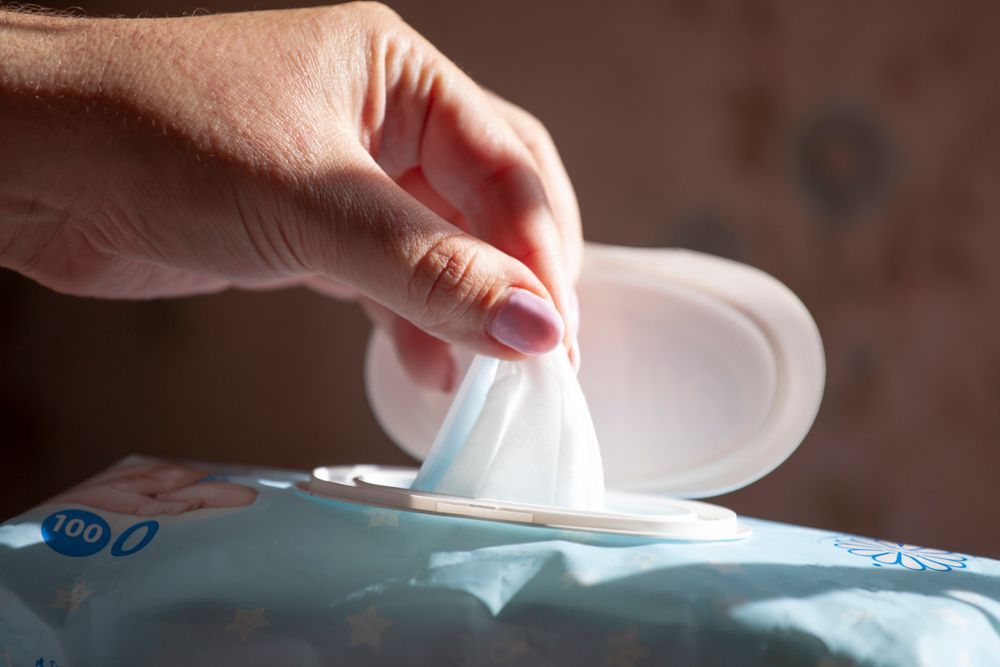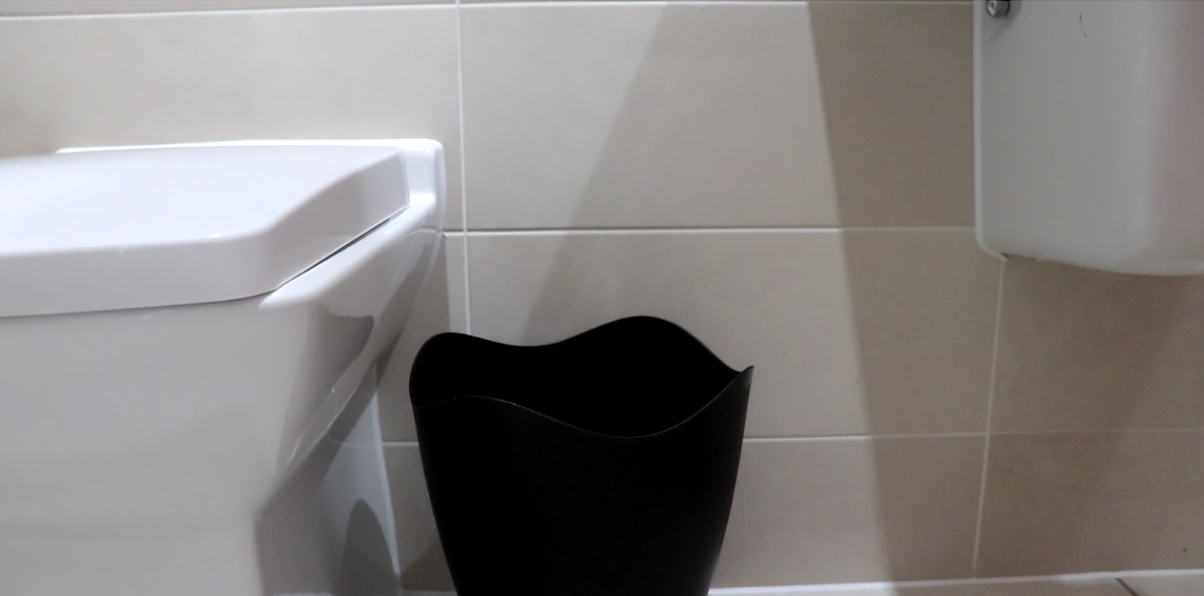
How to dispose of wet wipes: A comprehensive guide
Thursday 10th September, 2020Here at Unblocktober we’ve decided to make a handy and simple guide on how to correctly dispose of wet wipes.
You might already know what to do when it comes to disposing of used wet wipes but with 300,000 blockages each year caused by wet wipes, there are clearly still some of us who don’t know how to.
Why are wet wipes bad for our sewers and seas?
Let’s start by looking at what wet wipes are made of and why they cause blockages in our sewers and wreak havoc with our waterways:
- Made of non-natural materials
- Wipes are made of non-woven materials bonded together with resins, chemicals or high pressure which makes it difficult from them to break apart.
- Sheds microfibers - while most microfibers are removed by the wastewater treatment process, it is likely that the amount of white plastic fibers entering our waterways have been greatly underestimated as the filtration process typically uses a white background, making identification difficult.
- Unsustainable resource - this type of plastic is non-recyclable leading to increased amount of waste in landfill.
- Durable
- The contents of wet wipes make them extremely durable which can lead them to:
- Build up in sewage network.
- Act as a plug/net, causing all other solids to stick together.
- Due to this, wet wipes are usually the main component of fatbergs.
- The contents of wet wipes make them extremely durable which can lead them to:
- Non-biodegradable
- Take hundreds of years to break down fully.
- End up in open ocean if not cleaned out.
- Ingested by marine life and end up in food chain.
Why do we use wet wipes?
The wet wipe industry has flourished since the first wet wipe was created in 1950, usage has since been estimated at 450 billion a year or 1.2 billion a day! With the industry set to be worth £16.5 billion by 2021, it doesn’t look like our usage is slowing down any time soon.
Here are some of the reasons why wipes have become so popular in today's society:
- Convenience - We must admit that wet wipes are very convenient in sticky situations. They’re handy to reach for when you spill a drink all over your leather car seats or you want to give those dirty trainers a quick wipe down before heading out. They also make daily life much easier for parents and within the disabled community.
- Sanitation - Wipes also offer a quick and easy way to wipe down and disinfect commonly used surfaces. Especially in the era of Coronavirus, sanitation is everyone’s top priority. Plus, the thought of cutting down on sprays and cloths can be enticing to those of us who want to keep our homes and workspaces clean and tidy!
- Hygiene - Festival showers spring to mind… Using a wet wipe for a quick freshen up has been a lifesaver for some people when having a proper wash isn’t an option. Similarly taking off your make-up at the end of a night out seems a lot less daunting when you can pull an already wet cloth from a packet and rub it all off in one go. Double cleansing who?
So, if wet wipes assist us in so many ways, then why the bad press? Wet wipes themselves aren’t the problem (per se), it’s the disposal of them which really grinds our gears.
Why do wet wipes end up down the toilet?
To some, it may seem like common sense not to dispose of wet wipes down the toilet. But, with water companies spending a whopping £100 million each year clearing sewer blockages, it’s clear they're getting down our drains somehow.
- Cosmetic - Most people take off their makeup in the bathroom and, if not in there, in their bedroom. These wipes are usually left crumpled up on the bedside table or by the sink. It may seem easier to throw your used wipe down the toilet rather than the bin... Out of sight out of mind, right?
- Cleaning - Disinfectant wipes are hugely popular, especially at the moment with our health being top of the list of our concerns. It may seem more hygienic to wipe down the toilet seat and pop the wipe down the toilet to avoid spreading any germs, but you could be increasing your chance of creating a more unhygienic environment. Let’s just say, sewage backflow is not pretty.
- Toilet use - You put toilet paper straight into the toilet, so what’s the difference? Even though there’s widespread knowledge that many wet wipes still end up down the toilet, manufacturers don’t prioritise breakdown properties when creating their products. Who wants a wet wipe that breaks up during use) Toilet paper was invented with a journey down the sewage pipes in mind and disintegrates much, much more quickly. Even wet wipes labelled as ‘flushable’ don’t disintegrate, it simply means they can pass under the ‘u’ bend, continuing their journey towards our sewers and seas, just like all the other flushed wet wipes.
- Baby changing - Similar to using wet wipes for your own use, it makes sense to put a used wipe down the toilet just like you would with toilet paper, right? Again, if your disposal method is down the toilet, you’re blocking our pipes and causing our drains to overflow.
How to dispose of wet wipes?
So, how should we dispose of wet wipes to ensure they cause the least possible damage to our sewers and seas? Here we talk you through each step, along with pictures to make sure you know exactly how to correctly dispose of wet wipes.
- Use wet wipe to clean surface, skin or object.
2. Locate nearest bin (avoiding toilet at all costs!).

3. Drop the wipe in the bin.
4. Wash your hands thoroughly.
5. Give yourself a pat on the back for doing your bit to protect our sewers and seas!
6. Follow Unblocktober and sign up to receive your free resource pack with more advice and guidance like this.

